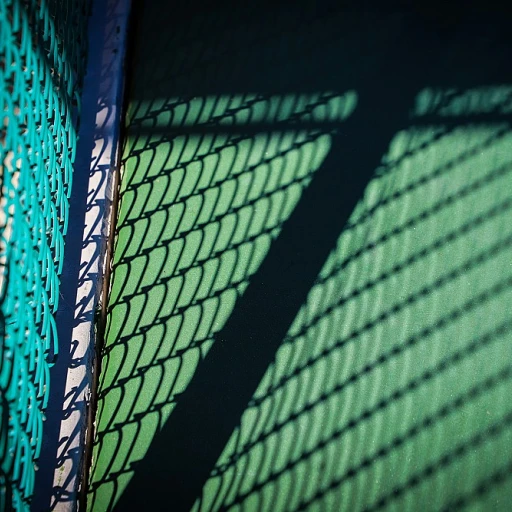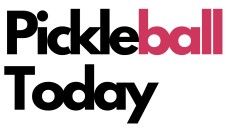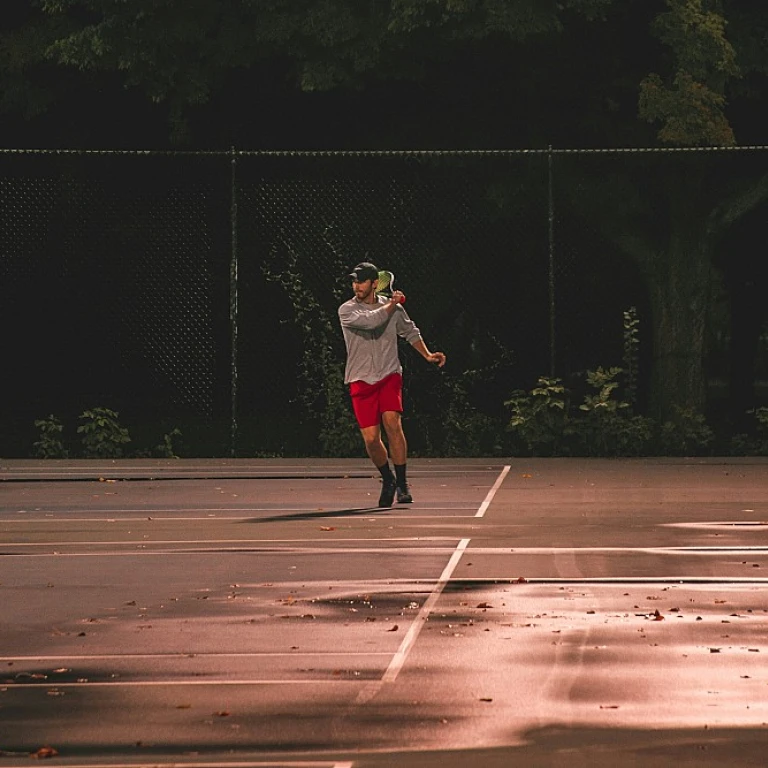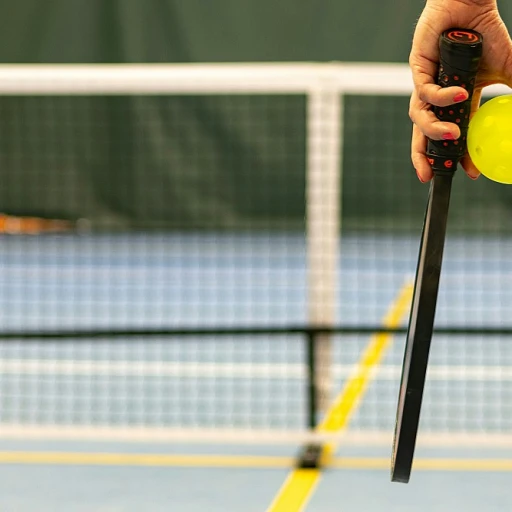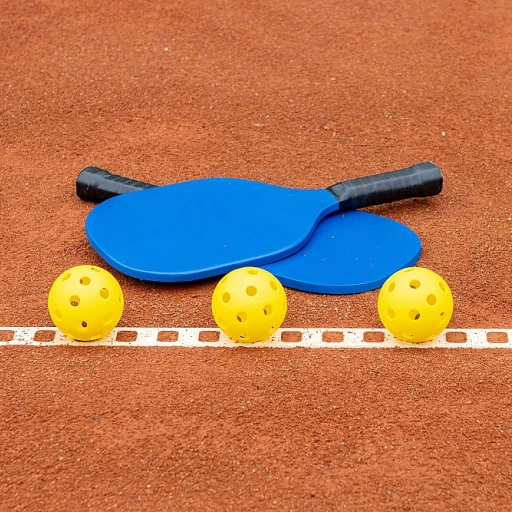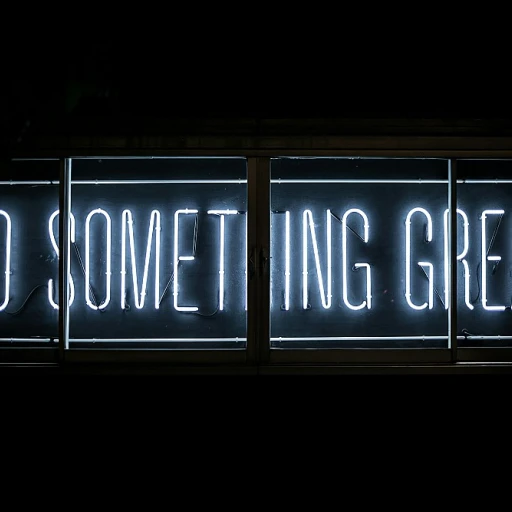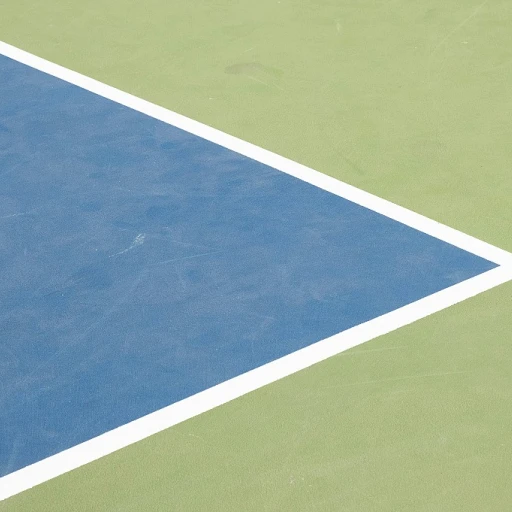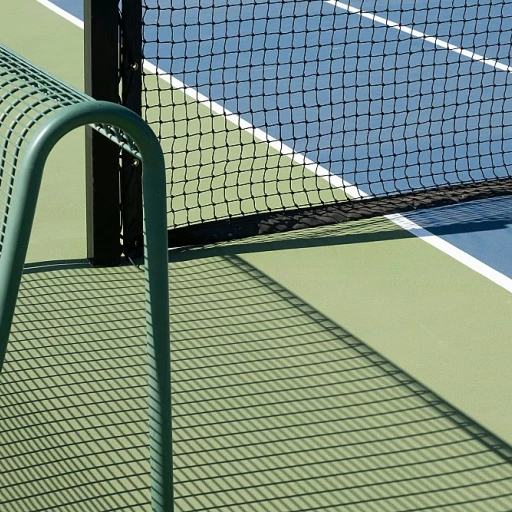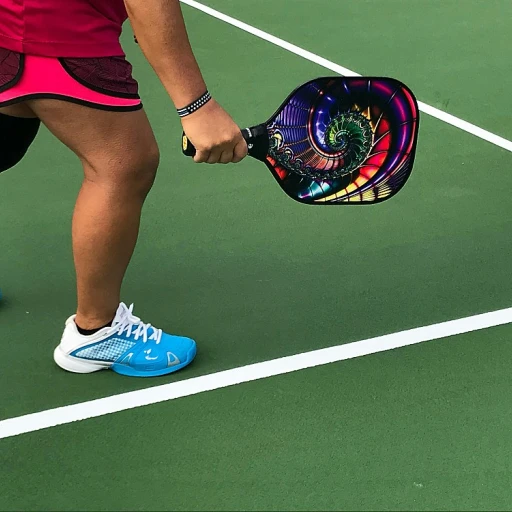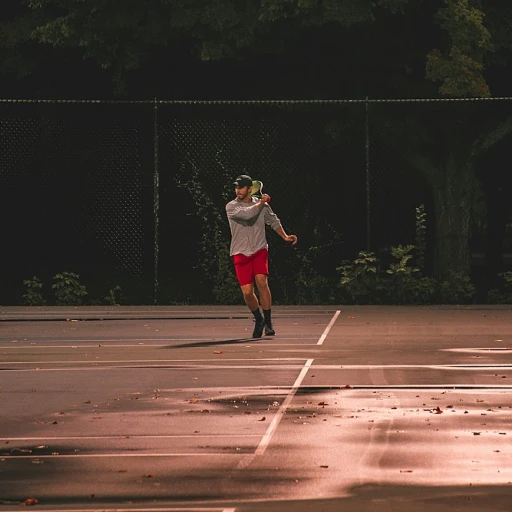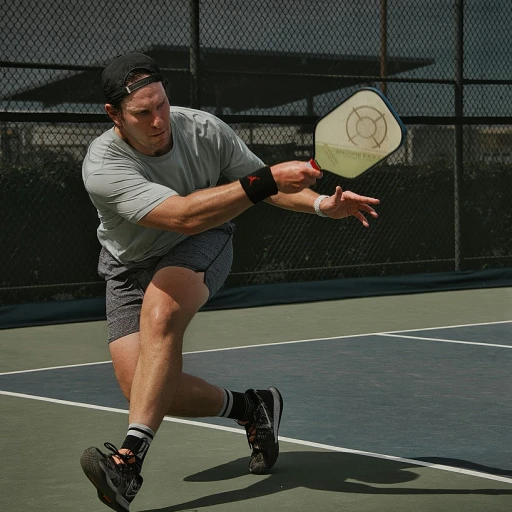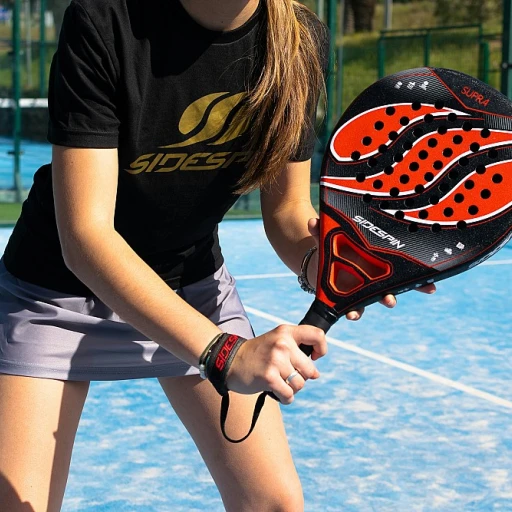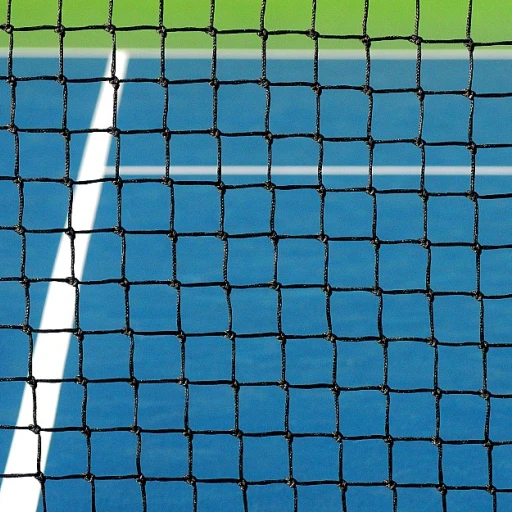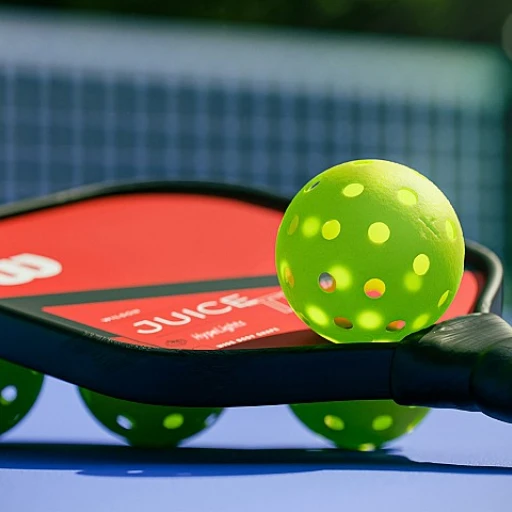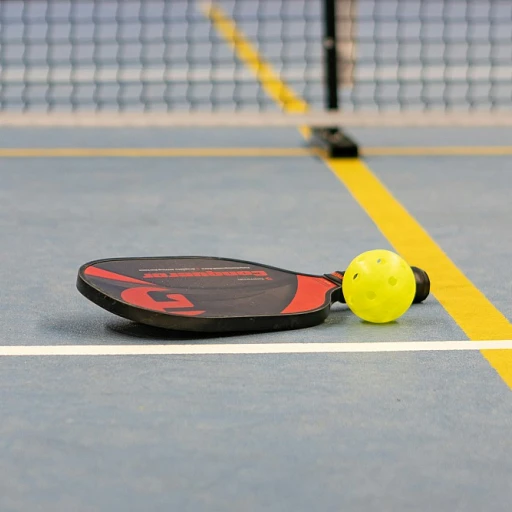The Role of Court Colors in Pickleball
The Influence of Color Choices on Pickleball Courts
In the vibrant world of pickleball, court colors play a significant role in enhancing the game experience for players. The choice of colors on a pickleball court is not merely an aesthetic decision; it impacts visibility, safety, and even the psychological state of the players. The right color scheme can make a court more appealing and functional, influencing how players perceive and interact with the playing surface.
Pickleball courts often borrow color schemes from tennis courts, with common choices including green, blue, and red. These colors are not only visually appealing but also serve practical purposes. For instance, green and light green are popular because they blend well with outdoor environments, making them a natural choice for outdoor pickleball settings. On the other hand, blue and light blue offer high contrast with the yellow pickleball, enhancing visibility for players.
Visibility is crucial in pickleball, where the fast-paced nature of the game demands quick reflexes and sharp focus. The court lines are typically marked with white or tape stripe, providing clear boundaries that stand out against the court surface. This contrast is essential for players to accurately judge distances and make precise shots.
Moreover, the choice of court colors can also affect the durability and maintenance of the court surfaces. Certain colors, like red and dark green, may absorb more heat, potentially impacting the longevity of the playing surface. It's important to consider these factors when selecting a color scheme for a pickleball court.
For those interested in learning more about the essentials of painting a pickleball court, this comprehensive guide provides valuable insights into the process and considerations involved.
Popular Color Choices for Pickleball Courts
The Spectrum of Pickleball Court Colors
Pickleball courts are not just playing surfaces; they are a canvas for creativity and functionality. A variety of colors can adorn these playing surfaces, greatly influencing both the aesthetic and practical aspects of the court. Typical color combinations used in pickleball include green, blue, red, and more recently, light green and light blue.
- Green: This classic choice, inherited from the tennis court design, harmonizes well with natural surroundings, making it a preferred option for many outdoor pickleball courts.
- Blue: Increasingly popular due to its pleasing contrast with the court lines and the ball's color, which improves visibility for the players.
- Red or Yellow: Occasionally, courts are painted red to create a vibrant and bold look, while yellow lines can be used for tape stripes, enhancing visibility against darker playing surfaces.
- White Lines: Regardless of the surface color, using white for the boundary and court lines ensures clarity and distinguishability of the playing area.
Different colors and court design choices can also impact the surroundings. Choosing the right color palette can complement the nearby flora or existing sports facilities, such as tennis courts, enhancing the overall visual appeal. When considering these color additions to the playing surface, understanding how SportMaster and other sport surfaces respond to these hues under various lighting conditions, like blue light, can significantly aid in maintaining the court's surface integrity and longevity.
Psychological Impact of Colors on Players
The Psychological Effects of Color Choices
Understanding the psychological impact of color choices on pickleball courts can create a more enjoyable experience for players. Color selection goes beyond aesthetics; it influences mood, focus, and overall performance.
For instance, green, a common color in sport surfaces like tennis courts, is known for its calming effect. When applied to pickleball court surfaces, it helps players stay composed and focused. Similarly, yellow, often featured on lines and in some color schemes, boosts concentration and energy levels, enhancing a player's reaction time.
Blue, whether light blue or darker shades, is frequently used on pickleball courts due to its association with tranquility and clear thinking. Blue light increases mental clarity, contributing to improved decision-making during fast-paced matches. Meanwhile, red surfaces might evoke energy and excitement but could also trigger stress, making it less popular for main court surfaces.
The strategic application of colors can prevent distractions. Effective court design ensures that pale colors, like light green or white, highlight court lines and boundaries, defeating confusion during play, particularly in outdoor contests.
Incorporating colors into court design allows for a blend of personalization and functionality, prioritizing player experience and comfort.
Safety Considerations with Court Colors
Enhancing Player Safety Through Optimal Court Colors
Choosing the right court color is essential for safety in pickleball, as it can significantly impact players' visibility and consequently, their playability. Different colors can either enhance or impair the players' ability to see the ball, lines, and other players on the court.
One of the critical factors in ensuring safety is the clear differentiation of court lines. Colors like white or yellow are often utilized for tape stripes and court lines due to their high contrast against most base court colors, such as green or blue. This contrast is crucial for players to accurately judge boundaries during a match.
Furthermore, using a light green or blue light color for the playing surface is common in outdoor pickleball courts. These shades minimize glare and offer better visual comfort, helping prevent eye strain during prolonged matches under bright sunlight.
Safety does not only come from color choices but also from ensuring the uniformity of the court surface. Proper maintenance of the court surfaces ensures that the color remains consistent, reducing the risk of players misjudging distances or tripping because the visual cues provided by the court colors are subdued or distorted over time.
Additionally, choosing colors that align with "sport surfaces" standards can mitigate risks by ensuring that the traction and firmness of the playing surface meet athletic expectations. Safety in pickleball relies on an optimum color scheme that marries aesthetic and practical considerations. As courts become increasingly customized, maintaining a focus on safe color combinations and surfaces remains paramount for player wellbeing.
Customization and Aesthetics in Court Design
Expressing Individuality through Color Choices
Customization and aesthetics play a significant role in personalizing pickleball courts. With a wide range of color options such as blue, red, green, white, and even light green, players and facilities can create a vibrant palette that stands out. This customization extends beyond just painting the main surface. Courts often feature contrasting lines, and choosing bold or light colors can enhance visibility for players.
Customizing court colors isn't solely about aesthetics. Engaging color schemes can help boost players' enjoyment by reflecting their personalities or providing a unique atmosphere. For comprehensive designs, combinations like a blue court with yellow or bright white lines can offer a striking visual contrast. Additionally, many opt for using color tape to create temporary or adjustable court lines, further increasing the scope for customization.
Moreover, color choices often mirror the environment where the court is situated. Outdoor pickleball settings may lean towards more natural hues, blending seamlessly with the surroundings, while indoor courts might choose hues that enhance lighting conditions, like lighter shades or soft colors that complement artificial lighting.
Collaborating with sport surfaces experts can also ensure that the chosen court colors support optimal performance, particularly given the different friction levels across various color treatments. Companies like SportMaster offer specialized coatings that enhance both the aesthetic appeal and functional stability of pickleball courts. In summary, through thoughtful court color selection, pickleball becomes not only a game of agility and strategy but also an expression of style and individuality.
Environmental and Maintenance Factors
Consideration of Environmental and Maintenance Factors in Color Selection
Choosing the right colors for outdoor pickleball courts isn't just about aesthetics or psychology. There are also significant environmental and maintenance factors to consider. The materials and colors used in a court design can significantly impact how the surface reacts to different weather conditions and how long it lasts over time.
Warm colors like red and orange may look vivid and appealing, but they tend to absorb more heat, potentially leading to uncomfortably hot surfaces during sunny days. On the other hand, cool tones such as light green and light blue help maintain a cooler playing surface, making them ideal for regions with high temperatures.
Maintenance is another crucial aspect. Lighter colors can show dirt and wear more quickly, necessitating more frequent cleaning. However, dirty court lines and surfaces can affect visibility, impacting players' performance. Solutions like using tape stripes can help maintain clear court lines without frequent repainting.
Durability of court surfaces is closely tied to the quality of the materials used, like SportMaster coatings, which offer long-lasting, weather-resistant options. Utilizing these materials helps ensure that the courts remain in top shape despite the constant exposure to various elements.
Lastly, the color of the pickleball court can also have a minimal environmental impact. Choosing more eco-friendly coatings and colors can contribute to reducing the heat island effect and promoting sustainability in sport surfaces.
These factors, combined with aesthetic and psychological elements, make the selection of court colors a critical decision that goes beyond mere visual preference.
